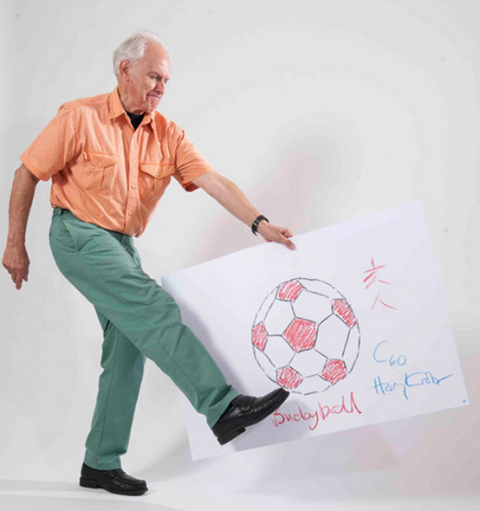As an arty, unathletic only child in the 70s, I refused to buy into the idea that science could be fun. This despite a wealth of zippy educational programming, and the efforts of at least two cute young teachers whose hands-on approach included throwing eggs off of a railroad trestle, demolishing toothpick bridges and dipping things into liquid nitrogen for the sheer pleasure of seeing them explode when they hit the wall. Nice try. As far as I was concerned, those dullsville black-and-white films from the ’50s embodied the subject’s general vibe far more honestly than any attempt to force it down our throats with a fashionable Honeycomb Kids-style spin.
Having by now met dozens of scientists and science enthusiasts who are left cold by the arts, I’m not ashamed to be plainspoken here. I certainly don’t begrudge them their passion, and appreciate it when they don’t belittle mine. Different strokes, you know?
Still, it’s nice to stumble across common ground and for me, photographer Volker Stegerfor’s Nobel laureate portraits provides acreage on the order of Jim Ottaviani and Leland Myrick’s graphic biography of Richard Feynman. I may be hard pressed to articulate what the people in the portraits are famous for, but I appreciate their willingness to be a play by the artist’s rules. (By his estimate, the decline rate is somewhere around 4. 29%)
Stegerfor’s method for capturing big brained innovators in a light frame of mind resembles a well run experiment. His unsuspecting specimens were apprehended at Germany’s annual Lindau Nobel Laureate Meeting. Thus secured, they were led one at a time into a temporary studio where each was invited to draw whatever it was that had earned him or her the Nobel prize. The results weren’t much as art, but they’re unmistakably playful, bristling with arrows, exclamation points, smiley faces, and word bubbles. The photographer let his subjects pick the pose, at which points things did become art.
I’m going to award 1996 Chemistry laureate Sir Harold Kroto Best in Show for his well warranted action pose. Apparently, his discovery’s molecular structure looks like a soccer ball.
It’s not exactly Breaking Bad, but it does bring Chemistry alive for me as a subject others might find enjoyable in the empirical sense.
View a gallery of Volker Stegerfor’s Sketches of Science. If you’re really into it, the Nobel Museum is heralding a traveling exhibition of Stegerfor’s work with audio recordings of the scientists on the subject of their discoveries.
- Ayun Halliday is slated to direct the world’s first bio-historical musical in November. Follow her @AyunHalliday



Leave a Reply